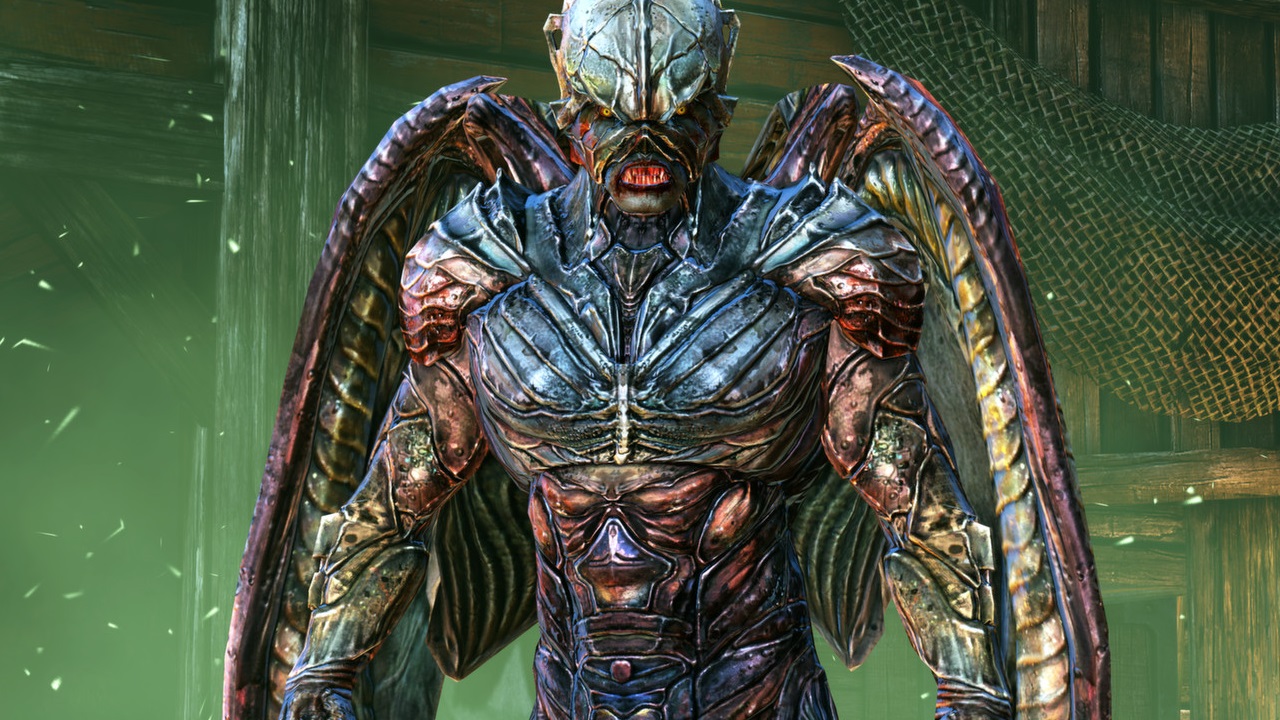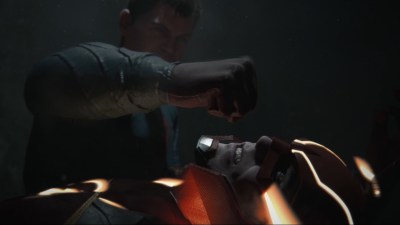At a time when the multiplayer space is full to the brim with MOBA’s and first person shooters, Nosgoth aims to breathe some fresh air into the scene – something that, in my opinion, is much needed and much appreciated. It’s certainly not perfect, but despite initial doubts it’s starting to shape up into a fun offering that is likely to develop a dedicated fanbase. Whether it can extend that appeal to a wider audience, however, is very much still up for debate.
Developed by Psyonix and published by Square Enix, Nosgoth is a free-to-play multiplayer action game based on the critically acclaimed Legacy of Kain series and is set in the same fictional land, Nosgoth (hence the name). Primarily a PvP (player vs player) experience, the game pits humans against vampires in brutal 20-minute matches split into 2 rounds. Between rounds, teams swap races, and the team with the most points at the end of the 2 rounds wins the match. The beauty of Nosgoth is that it manages to feel like 2 different and equally as satisfying games at the same time. When playing as the Humans Nosgoth becomes a tense third-person shooter and survival game that relies heavily on teamwork (stick together or you’ll get picked off one by one), but when you’re playing as the vampires the game is transformed into a brutal parkour-toting hack-and-slash.
The gameplay is centered on melee Vampire characters going up against the ranged Human characters who fight against each other in an attempt to get a higher kill-count than the opposing team. If the killcount reaches a certain threshold (currently set at 30), the team that reached it wins the specific round. If time runs out, the team with the higher number of kills wins. Both the Humans and the Vampires use a class system, and there are 4 different roles to choose from on each side. Vampires have the ability to fly and climb buildings, humans are limited to the ground and have a lot less mobility.
The Humans rely on weaponry, particularly projectile-based ranged attacks such as launchers, pistols or crossbows. Ammunition can be depleted, but can be refilled at ammunition stations (these stations also provide health). Vampires adopt a more melee-based approach, making up for their lack of offensive range with a number of different attacks which can easily overcome a human who lets them get in too close. Pouncing on top of a human and clawing at them, making them immobile when they are knocked down, or grabbing them from the air before dropping them from a great height into a group of vampires on the ground never gets old.
During my time with the game so far, one thing quickly became clear: the Vampires are far more powerful than the Humans, leading to a game which at times feels weighted in the undead’s favor. But it’s not as frustrating as it sounds - if anything, it helps the experience. Why? Well, because both teams get to play both sides during a match, so if you find yourself getting wrecked while playing the Humans, just focus on getting as many kills as you can during this time so that it adds onto the amount of (most likely) ample kills you get as the Vampires. This may be why I actually enjoy playing as the Humans more than the Vampires. It’s a lot more intense, and feels a lot like a co-op survival horror game (to an extent) such as Left 4 Dead as it does a competitive game.
Something that Psyonix has done brilliantly is replicate the sense of fear you’d expect to feel if you came up against these undead monstrosities in real life. This may sound odd, and I may be the only one who feels this way, but I think the developer has done certain things, such as overpowering the vampire classes, on purpose. For instance, the Humans heal by going to stations around the map but it’s different for the Vampires. Vampires heal by sucking the blood from downed enemies (much harder to do than running to a station as it leaves them more open to attack if the humans are wise and stick together). If someone saw this in real life it would probably scare the living hell out of them – I feel like Nosgoth replicates this terror and panic in this way, watching an almost-dead Vampire massacre one of the other 3 players in my group and then go back to full life from munching on his head for a second or two before making a dash for me is a terrifying sight that gets the heart pumping. Well done, Psyonix.
Psyonix calls Nosgoth free-to-play, but before the naysayers start to panic about pay-to-win mechanics being implemented, Nosgoth takes a page from League of Legends’ book and allows characters to purchase currency in order to buy skins and things that add pure aesthetic value, and allows anything that can effect gameplay such as weapons or skills to be purchased with currency that can only be earned in-game. This model has done very well for League of Legends and drowns any fears of Nosgoth being “Pay-to-Win”, something that destroys many online competitive games.
I realize that this isn’t the Legacy of Kain videogame fans were looking for. The original series left a strong legacy thanks to its smart Shakespeare-esque narrative and creative character development, and Nosgoth does away with a singleplayer campaign altogether. The only real thing the Nosgoth has in common with the Legacy of Kain series is the dark Gothic visuals and the whole “Vampires vs Humans” trope. (anything is better than Zombies at this point though, to be fair). In summary, it’s might be a pretty bad Legacy of Kain game, but taken on it’s own merits, it’s still a great game nonetheless. Nosgoth is a free-to-play game that can easily stand on it’s own. It may look like a generic third-person shooter but it’s far from it – give it a try, when you find yourself with a smile on your face don’t say I didn’t tell you so.
Now, back to hoping for a new Soul Reaver game.


